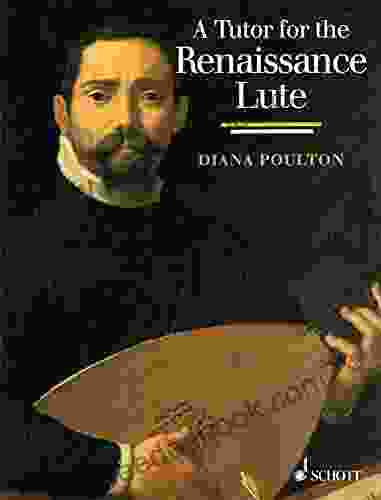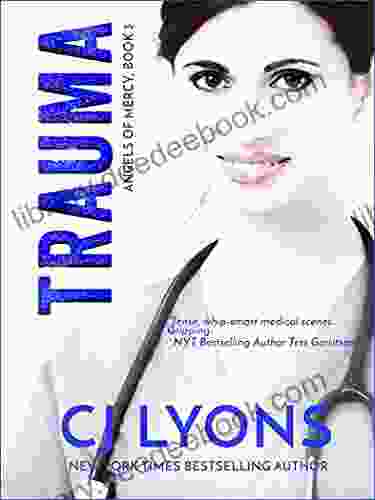The Complete Beginner's Guide to Photography: From Basics to Advanced Techniques

Photography is an art form that allows us to capture moments in time and share them with others. Whether you're a complete beginner or an experienced photographer, there's always something new to learn. This comprehensive guide will provide you with everything you need to know about photography, from the basics of camera operation to advanced techniques for capturing stunning images.
4.7 out of 5
| Language | : | English |
| File size | : | 17768 KB |
| Screen Reader | : | Supported |
| Print length | : | 142 pages |
| X-Ray for textbooks | : | Enabled |
Getting Started with Photography
Before you can start taking great photos, you need to understand the basics of camera operation. This includes learning about the different types of cameras, understanding the camera settings, and knowing how to use a lens. Once you have a good grasp of the basics, you can start to experiment with different techniques to capture the images you want.
Types of Cameras
There are many different types of cameras available, each with its own strengths and weaknesses. The most common type of camera is the DSLR (digital single-lens reflex) camera. DSLRs offer a wide range of features and manual controls, making them a good choice for both beginner and advanced photographers.
Other popular types of cameras include mirrorless cameras, point-and-shoot cameras, and smartphones. Mirrorless cameras are similar to DSLRs but they are smaller and lighter. Point-and-shoot cameras are easy to use and are a good choice for beginners. Smartphones can also be used to take great photos, but they have some limitations compared to dedicated cameras.
Camera Settings
The camera settings play a crucial role in determining the exposure and quality of your photos. The three most important settings are the aperture, shutter speed, and ISO.
The aperture controls the size of the opening in the lens. A larger aperture (lower f-number) will let in more light and create a shallower depth of field. A smaller aperture (higher f-number) will let in less light and create a greater depth of field.
The shutter speed controls the amount of time that the shutter is open. A faster shutter speed will freeze motion, while a slower shutter speed will create motion blur.
The ISO controls the sensitivity of the camera's sensor to light. A higher ISO will make the camera more sensitive to light, but it will also increase the amount of noise in the image.
Lens
The lens is also an important factor in determining the quality of your photos. The focal length of the lens determines the field of view. A wide-angle lens has a short focal length and will capture a wider field of view. A telephoto lens has a long focal length and will capture a narrower field of view.
The aperture of the lens controls the amount of light that enters the camera. A larger aperture (lower f-number) will let in more light and create a shallower depth of field. A smaller aperture (higher f-number) will let in less light and create a greater depth of field.
Composition
Composition is the art of arranging the elements in your photo to create a visually appealing image. There are many different compositional techniques that you can use, but some of the most common include:
- Rule of thirds: The rule of thirds is a compositional guideline that divides the frame into thirds, both horizontally and vertically. The most important elements of your photo should be placed along these lines or at their intersections.
- Leading lines: Leading lines can be used to draw the viewer's eye into your photo. These lines can be anything from a road to a river to a person's gaze.
- Framing: Framing can be used to create a sense of depth and focus in your photo. You can frame your subject with trees, buildings, or other objects.
- Negative space: Negative space is the area around your subject. It can be used to create a sense of balance and harmony in your photo.
Lighting
Lighting is another important element of photography. The quality of light can have a dramatic impact on the mood and atmosphere of your photo. Some of the most common types of lighting include:
- Natural light: Natural light is the light that comes from the sun. It is the most flattering type of light for portraits and landscapes.
- Artificial light: Artificial light comes from sources such as lamps, lights, and studio
4.7 out of 5
| Language | : | English |
| File size | : | 17768 KB |
| Screen Reader | : | Supported |
| Print length | : | 142 pages |
| X-Ray for textbooks | : | Enabled |
Do you want to contribute by writing guest posts on this blog?
Please contact us and send us a resume of previous articles that you have written.
 Book
Book Text
Text Story
Story Library
Library Paperback
Paperback E-book
E-book Newspaper
Newspaper Paragraph
Paragraph Glossary
Glossary Bibliography
Bibliography Foreword
Foreword Annotation
Annotation Footnote
Footnote Scroll
Scroll Tome
Tome Bestseller
Bestseller Classics
Classics Biography
Biography Memoir
Memoir Reference
Reference Encyclopedia
Encyclopedia Thesaurus
Thesaurus Character
Character Librarian
Librarian Catalog
Catalog Borrowing
Borrowing Periodicals
Periodicals Reserve
Reserve Academic
Academic Journals
Journals Reading Room
Reading Room Interlibrary
Interlibrary Literacy
Literacy Study Group
Study Group Thesis
Thesis Dissertation
Dissertation Reading List
Reading List Book Club
Book Club Theory
Theory Textbooks
Textbooks Richard Wright
Richard Wright Imriyas Kamardeen
Imriyas Kamardeen Carrie Stuart Parks
Carrie Stuart Parks John Clifton
John Clifton Nicholas Sparks
Nicholas Sparks Kin Quelch
Kin Quelch Michael Steinberg
Michael Steinberg Kristin White
Kristin White Clare Youngs
Clare Youngs Lesley Main
Lesley Main J Daniels
J Daniels Pam Goecke Dinndorf
Pam Goecke Dinndorf Brenda Woods
Brenda Woods Daniel Kenney
Daniel Kenney Fehrin Brindley
Fehrin Brindley Martin Alaimo
Martin Alaimo Terry Deary
Terry Deary Laurie Gelman
Laurie Gelman Ryan Reisert
Ryan Reisert Israel Horovitz
Israel Horovitz
Light bulbAdvertise smarter! Our strategic ad space ensures maximum exposure. Reserve your spot today!

 Truman CapoteMate Become The Man Women Want: An In-Depth Investigation Into Masculinity...
Truman CapoteMate Become The Man Women Want: An In-Depth Investigation Into Masculinity...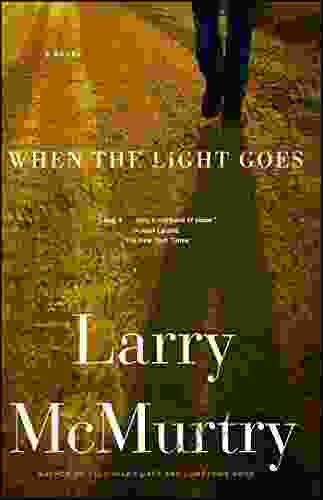
 Jeffrey CoxWhen the Light Goes: Unveiling the Enchanting Realms and Unfolding Mysteries...
Jeffrey CoxWhen the Light Goes: Unveiling the Enchanting Realms and Unfolding Mysteries... Howard BlairFollow ·7.8k
Howard BlairFollow ·7.8k Franklin BellFollow ·19.6k
Franklin BellFollow ·19.6k Efrain PowellFollow ·12.8k
Efrain PowellFollow ·12.8k Stuart BlairFollow ·17.7k
Stuart BlairFollow ·17.7k John KeatsFollow ·18.1k
John KeatsFollow ·18.1k Danny SimmonsFollow ·19.9k
Danny SimmonsFollow ·19.9k Darren NelsonFollow ·3.5k
Darren NelsonFollow ·3.5k Vincent MitchellFollow ·8.5k
Vincent MitchellFollow ·8.5k

 Ralph Ellison
Ralph EllisonHealth Care Global Viewpoints: Samantha Whiskey
Samantha Whiskey is a global health...
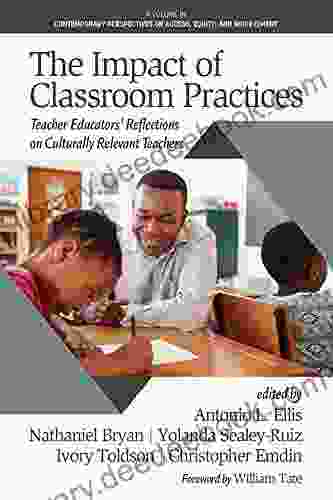
 Gabriel Garcia Marquez
Gabriel Garcia MarquezTeacher Educators' Reflections on Culturally Relevant...
In today's...

 Levi Powell
Levi PowellSustainable Project Management: The GPM Reference Guide...
In today's rapidly changing world,...
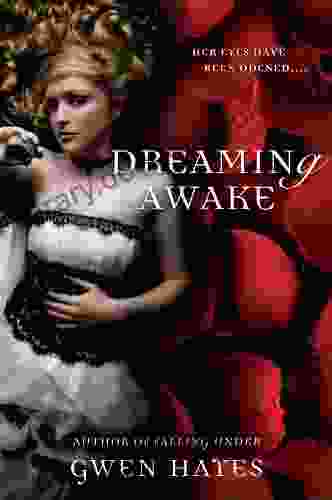
 Isaac Bell
Isaac BellThe Captivating World of "Dreaming Awake Falling Under"
A Journey Through...

 Clarence Brooks
Clarence BrooksGovernance Regulations Valuations Mergers And...
In today's complex and ever-changing...
4.7 out of 5
| Language | : | English |
| File size | : | 17768 KB |
| Screen Reader | : | Supported |
| Print length | : | 142 pages |
| X-Ray for textbooks | : | Enabled |


